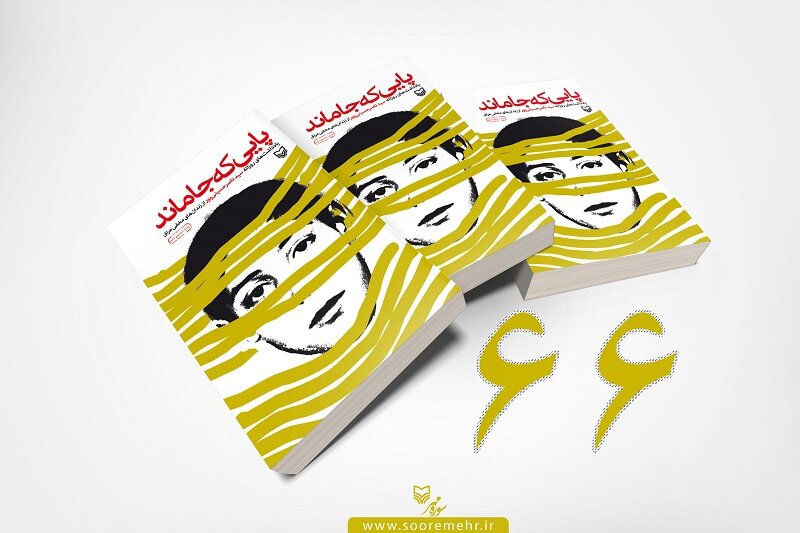"The Foot that Remained," a story about a world of pain and memories

Seyed Naser Hosseini, a writer, went to the front when he was fourteen years old, and was arrested by the Iraqis on Majnoon Island when he was sixteen years old, in the final days of the war, with one of his legs almost amputated.
Hosseini wrote his memoirs with much difficulty and secrecy while in prison, keeping them in his cane, and after his liberation, he was able to bring them to Iran and publish them as “The Foot that Remained”.
* Where did the idea of recording your memoirs and then publishing them come from?
In response to your query, I feel compelled to make a few comments. First, martyr Hamid Jabal Ameli increased my interest in keeping journals and diaries; I liked what he was doing, so I did as well. Another factor that prompted me to write down my memories is my position throughout the war. I was a watch, and my job was to keep track of the enemy's daily actions, write them down, and report all I saw on a daily basis.
I should also mention that I was never a writer before, although my essays in school were well-known between my classmates. I wanted these memories to be published because they show the reality of war, not just a few military documents, and I wanted them to be preserved for future generations.
* According to what you mentioned, you wrote your notes on cigarette papers, and protecting them was obviously a challenge. Tell us about those days.
I was never caught journaling by the Iraqis. I even tried to hide it from my friends, but it was noticed by several of them. Meanwhile, an Iranian spy discovered one day that I was secretly writing stuff, so I had to pay ransom to keep him quiet until the last day I was in Iraq prison.
* It was normal for you to lose control over the day, week, and month after a while in prison. So, on what date were these notes created? And how did you possibly recognize the passage of days and weeks?
I had two shoelaces, one short and one long. I used them to represent days and months, with each knot in the short one representing a day and each knot in the long one representing a month, and it was how I was able to remember the date.
Leave a Comment